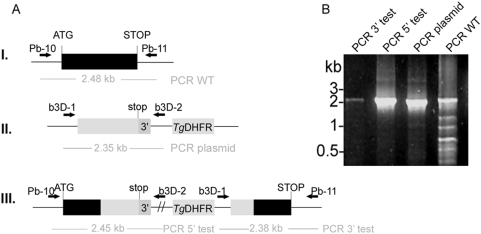Figure 7. PbLplA1 is susceptible to gene targeting.
A. Control integration strategy to recover one functional LplA1 gene copy. The targeting vector (b3D-LplA1-int2, II.) contains the endogenous stop codon and 3′ untranslated regions of the endogenous PbLplA1 but lacks the promoter and the start codon. Upon a single cross-over event, one functional LplA1 copy that is driven by the endogenous promoter and a 5′ truncated copy of the gene are generated (III.). Wild-type, plasmid, and integration-specific primer combinations are indicated by arrows and sizes of expected fragments are shown. B. Genotyping indicates successful integration of the control targeting construct. Both integration-specific PCRs (lane 1, 3′ specific integration using primer pair b3D-1 and Pb-11 and lane 2, 5′ specific integration using primer pair Pb-10 and b3D-2) amplified fragments of the expected sizes and their authenticity was verified by nucleotide sequencing. The population still contains episomal plasmid (lane 3; primer pair b3D-1 and b3D-2 amplifying a 2.35 kb band which was subcloned and sequenced) and residual wild-type parasites (lane 4; primer pair Pb-10 and Pb11 fragment was amplified and subcloned and sequenced).

